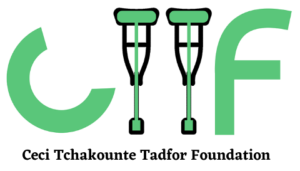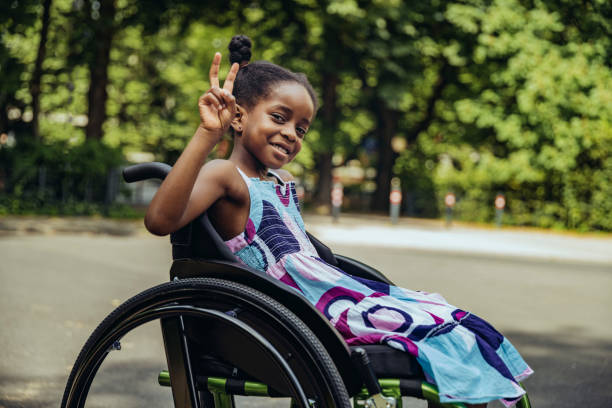Understanding Disability: How To Interact With People Living With Disability
According to the Centers for Disease Control and Prevention, there are 61 million disabled adults in the United States – 1 in every four adults, 1 in every four women, and 2 in every five adults aged 65 and up. Although there are many ways to define disability, it is frequently described as any visible, invisible, emotional, social, or educational differences that are a part of daily life.
Disability can refer to a medical diagnosis, a barrier and/or a person’s identity. All of us, including ourselves, probably know someone who has a disability or who will eventually develop one. Disability affects us all, whether it’s a child with autism spectrum disorder or a hearing-impaired grandparent.
What is Disability?
A person with a disability is defined legally by the Americans with Disabilities Act as someone who has a physical or mental impairment that significantly restricts one or more major life activities. This definition, though, falls short of providing a comprehensive picture of disability. It’s critical to acknowledge the variety of disabilities. A person can be born with a disability or develop one at any point. Disabilities can be visible or invisible.
When thinking about a disability, many people immediately picture a wheelchair, but there are many disabilities besides those that affect mobility. When we discuss disabilities, it’s essential to keep in mind that this term encompasses a wide range of conditions, including but not limited to mental health issues, chronic illnesses, intellectual disabilities, and hearing and vision impairments.
Models of Disabilities
While most people with disabilities view their condition as an impairment, defining disability as only a medical diagnosis (physical, biological, or pathological) ignores the structural injustices that frequently result in or worsen disability. The “medical model,” a way of thinking, views a person’s disability as a problem that needs to be fixed, eradicated, or otherwise dealt with rather than accepting it as a part of who they are.
Many disabilities are chronic and cannot be “fixed.” Many disabled people do not want a “cure,” but medical approaches frequently ignore these facts. The “social model” of disability, in contrast, sees society and the obstacles it puts in the way of those with disabilities—whether they be physical or mental—as the “problem.” It’s these barriers, not the person, that must change.
The key is to recognize that disability is not a problem but a natural part of the human experience. Traditionally donors have mainly approached disability using the medical model, but the social model is critical to understanding how disability intersects with and is caused by other inequalities.
Remember, disability cuts across class, gender, race, and ethnicity, but being disabled disproportionately affects those living in poverty, women, and Black and non-Black people of color.
How Should I Refer To Someone Who Has A Disability?
Simply put, it’s up to the individual. Some people prefer identity-first language (e.g., a disabled person) because they believe their disability is an essential component of who they are, whereas others prefer person-first language (e.g., a person who is blind), which puts the person before the disability. Bottom line: Always be respectful and never use hurtful, offensive, or derogatory words. Discrimination against people with disabilities is known as ableism.
Conclusion
At CTTF, we are collaborating with the disability community to advance full equity, inclusion, and access for people with disabilities as the definition of disability changes in tandem with societal change. We understand that having a disability is not a restriction but rather a typical aspect of life; one can be born with a disability or acquire one later in life. Disability is just one aspect of a person’s identity in our eyes.

